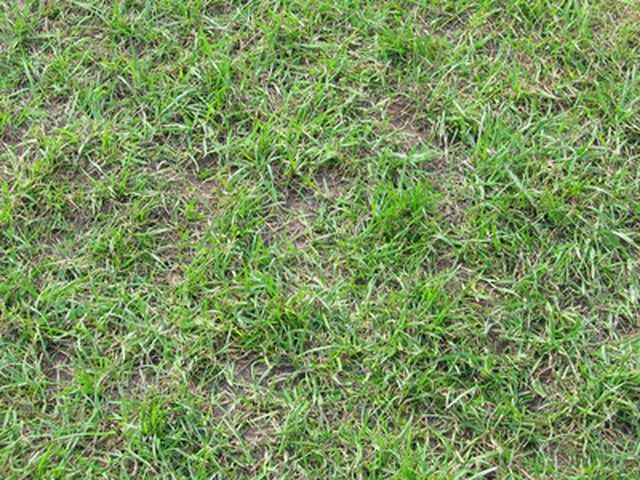Bulbs
Flower Basics
Flower Beds & Specialty Gardens
Flower Garden
Garden Furniture
Garden Gnomes
Garden Seeds
Garden Sheds
Garden Statues
Garden Tools & Supplies
Gardening Basics
Green & Organic
Groundcovers & Vines
Growing Annuals
Growing Basil
Growing Beans
Growing Berries
Growing Blueberries
Growing Cactus
Growing Corn
Growing Cotton
Growing Edibles
Growing Flowers
Growing Garlic
Growing Grapes
Growing Grass
Growing Herbs
Growing Jasmine
Growing Mint
Growing Mushrooms
Orchids
Growing Peanuts
Growing Perennials
Growing Plants
Growing Rosemary
Growing Roses
Growing Strawberries
Growing Sunflowers
Growing Thyme
Growing Tomatoes
Growing Tulips
Growing Vegetables
Herb Basics
Herb Garden
Indoor Growing
Landscaping Basics
Landscaping Patios
Landscaping Plants
Landscaping Shrubs
Landscaping Trees
Landscaping Walks & Pathways
Lawn Basics
Lawn Maintenance
Lawn Mowers
Lawn Ornaments
Lawn Planting
Lawn Tools
Outdoor Growing
Overall Landscape Planning
Pests, Weeds & Problems
Plant Basics
Rock Garden
Rose Garden
Shrubs
Soil
Specialty Gardens
Trees
Vegetable Garden
Yard Maintenance
How to Improve Surface Water Drainage
How to Improve Surface Water Drainage. Poor water drainage in your yard causes water pooling that prevents you from using an area in your yard. Additionally, the area may cause damage to your foundation and any exterior pipes and wires. Improving the drainage in areas of your yard begins underground. Improving the drainage of surface water from...

Poor water drainage in your yard causes water pooling that prevents you from using an area in your yard. Additionally, the area may cause damage to your foundation and any exterior pipes and wires. Improving the drainage in areas of your yard begins underground. Improving the drainage of surface water from your garden hose or from rain starts with understanding why the soil does not drain and making changes to the soil to promote proper drainage.
Things You'll Need
Spray paint
Shovel
Level
Tape measure
Perforated pipe
Gravel
Wait until the water drains from the area, if possible. Try to work with dry soil so you can get a better observation and understanding of why the soil does not drain properly. Check with local utility companies to discover where any subterranean wires and pipes lie so you can avoid these items when checking the soil. You may have the utility team come out and mark pipes and wire with spray painted lines.
Remove the sod from the area and set aside to replace later. Dampen the ground immediately before removing the sod. Push a shovel down into the ground to a depth of only one or two inches. Angle the shovel and push it sideways into the ground, removing only the top inch or two of soil and grass from the area. Set each clump of sod, grass-side-up on the surrounding ground so you may replace it later.
Dig to a depth of approximately six inches and examine the soil. If water immediately pools into the area, you will need to dig deeper to discover what may be stopping the water from draining completely. Dig as far as necessary to discover any large rocks or clay soil preventing water drainage.
Excavate the entire area that has poor drainage. Dig to the depth of the clay or stone, if any exists. Replace soil as necessary to create a bottom surface that slants off the area toward an area of the yard with good drainage. Use a level to check the area and attempt to drop the soil level 1/4-inch per foot of run to drain the water most effectively.
Lay perforated pipe into the bottom of the excavated area to transport excess water to soil that drains well. Make sure to lay the pipes with the perforated sides facing up to catch water from the surface of the ground that drains down into the soil.
Cover the pipes with a three-inch layer of gravel to promote soil drainage. Lay the sod from the area back into place or replace clay with looser soil for better drainage in the area.
Tips & Warnings
If possible, increase the height of the area that has poor drainage. Slope the ground toward areas of better drainage in the yard to prevent rain water from pooling in your yard.